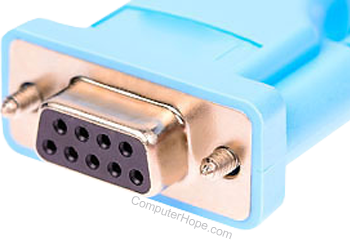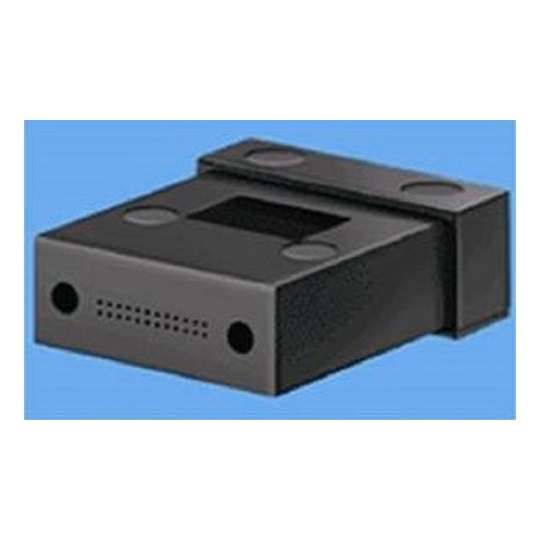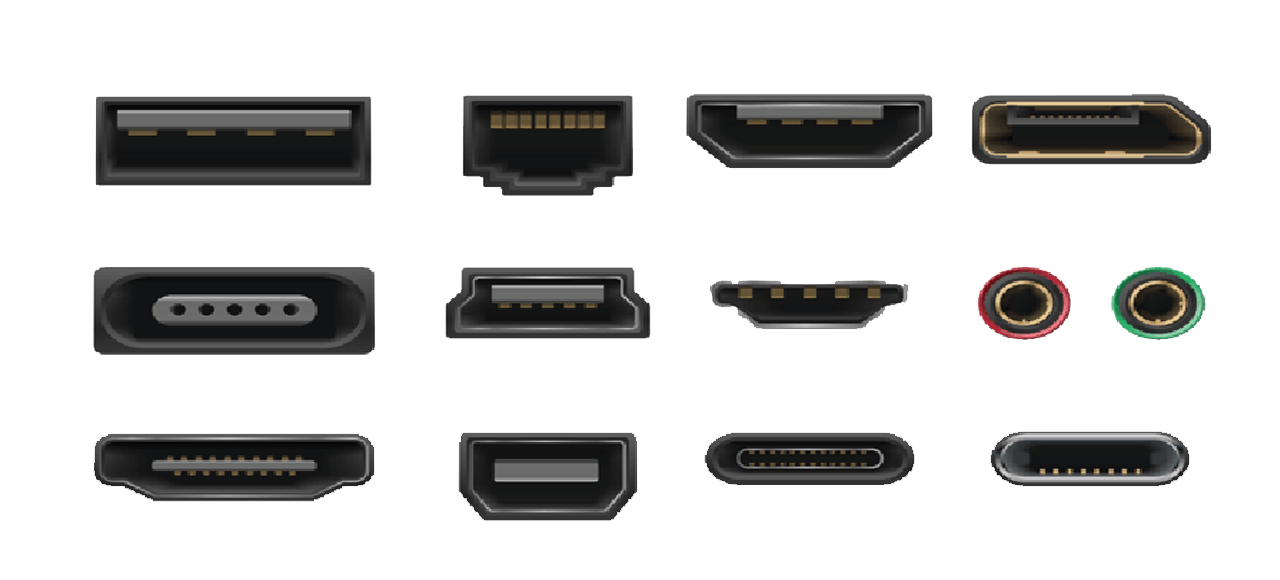


Barrier terminals can also have small lids and enclosures to further protect cabling and are commonly found in domestic wiring and other high-voltage scenarios that need to prevent arcing or potential short-circuits. Barrier terminal blocks often have more than one termination point for multiple cables and, because of this, have small barriers between individual terminals.

Great care should be taken when tightening terminal blocks because over-tightening can damage the inserted cable and result in an unreliable and potentially dangerous connection.īarrier terminals are very similar to screw terminals in that they use screws as the mechanism to hold cables. While wires bound to a terminal block are not physically bonded with the use of solder, they are incredibly strong if done correctly and can be used in permanent scenarios. It is more common to see screws have flat-head fittings, and these types of terminals are often found in situations in which voltage and current demands will be moderate (domestic/commercial wiring). Screw terminal blocks are those that have a screw as the method for holding a cable or wire. Another terminal type are terminal blocks with screws for holding an inserted cable on one end and a plug on the other end so that the block can be inserted into a female connector (this allows for hot-swapping). Other terminal blocks may use screw-less levers, which can be thought of as a fish trap the wire is inserted and the lever comes down, which prevents the wire from being pulled back out. Larger terminal blocks used with large cables typically have the screw pushing the wire against a metal body, whereas terminal blocks used with thinner wire use a screw that pushes down on a lever or flat head that compresses the wire against a metal insert. The most common connection method for terminal blocks is the use of a screw, wherein wires are inserted and then clamped down with the use of a single screw. While not all terminal blocks have PCB contact pads or legs, they always have some mechanically solid body made of plastic or other insulating material. Terminal block connectors are very useful in situations that require semi-permanent connections, which may require inspections, wire replacement, repair and change (this is why terminal blocks are incredibly common in domestic wiring and industrial environments). Terminal blocks are available as rows, but each terminal connects to only a single wire. Terminal blocks come in a range of shapes, sizes and ratings, but always terminate a single wire (single pole) and are never multi-pole. Terminal blocks are connectors that terminate a single wire and connect it to a circuit or other system. And while there are many connector types available (pin headers, sockets, DIN and DB, for example), this article will focus on terminal blocks specifically, since they are found in just about every single sector, ranging from domestic wiring to industrial rack systems connecting to various I/O. Choosing the wrong connector for your design can cause a range of issues, from bulky product sizes to components catching fire, so understanding the different types of connectors is imperative. These connections are done with the use of connectors, and they come in many different types, shapes, sizes and ratings. While electronic circuits can process signals and produce outputs, they almost always need to be connected to external components, power sources, inputs or outputs.


 0 kommentar(er)
0 kommentar(er)
